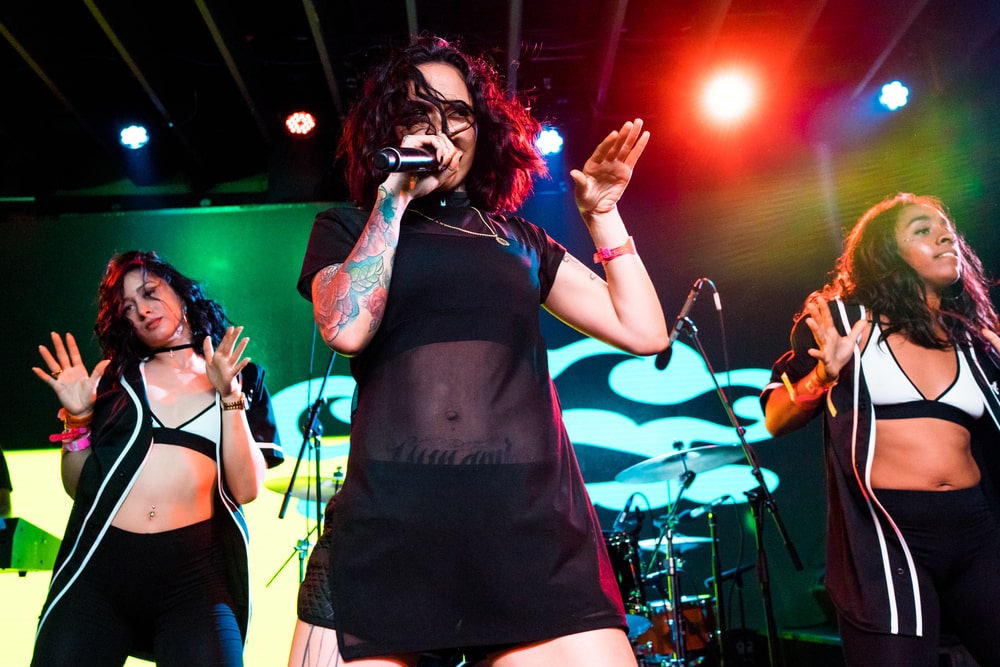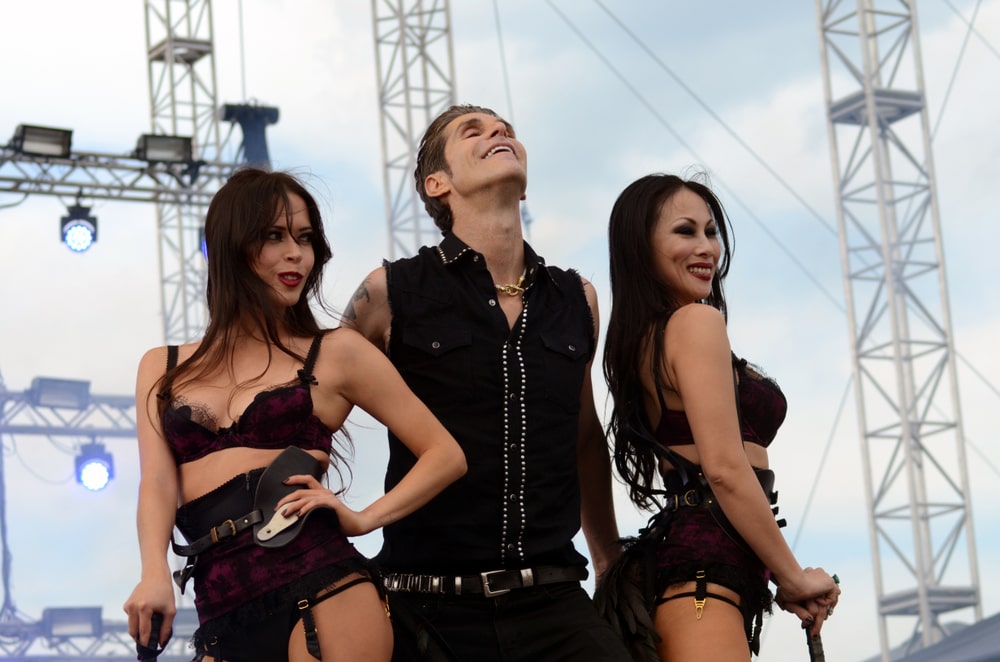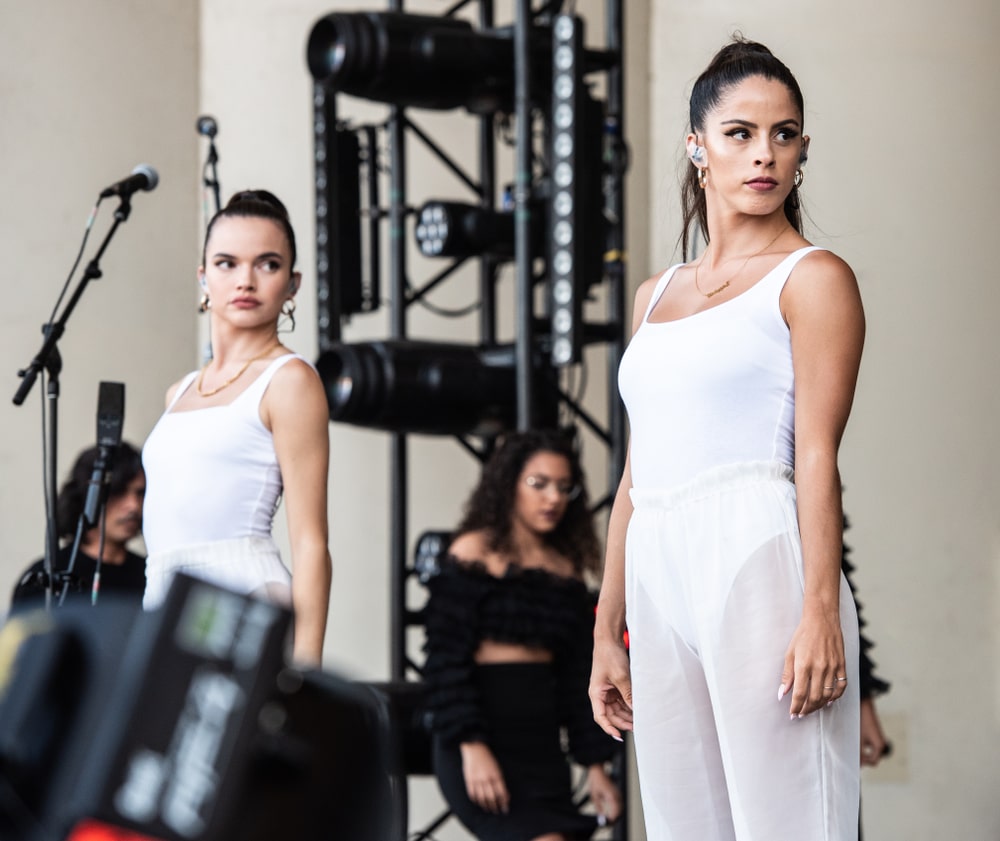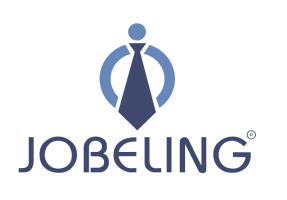
Becoming a backup dancer is an exciting and rewarding career path that allows you to perform on stages with top artists, appear in music videos, and tour the world. In 2025, the entertainment industry offers even more opportunities for dancers with the right skills, training, and network. This guide by Jobeling explores how to become a backup dancer by outlining the steps to take, the skills to develop, and the trends shaping this dynamic field.
Contents
- 1 Understanding How to Become a Backup Dancer
- 2 Essential Skills for Becoming a Backup Dancer
- 3 Building Your Profile as a Backup Dancer
- 4 Networking and Auditions in the Entertainment Industry
- 5 Emerging Trends in the Backup Dancing Industry
- 6 Additional Opportunities for Backup Dancers
- 7 FAQs
- 8 Conclusion
Understanding How to Become a Backup Dancer
The journey to becoming a backup dancer involves mastering your craft, building connections in the industry, and staying attuned to emerging trends. This section provides an overview of what it takes to succeed in this competitive profession.
What Does a Backup Dancer Do?
A backup dancer is a professional performer who supports lead artists in live shows, music videos, and televised performances. They enhance the overall visual appeal of a production, bringing energy and cohesion to the stage. The role of a backup dancer requires technical precision, adaptability, and the ability to learn choreography quickly. Aspiring dancers must understand that the road to becoming a backup dancer involves rigorous training and auditions, as well as the resilience to handle the demands of the entertainment industry.
Why 2025 is an Exciting Year for Backup Dancers
In 2025, the demand for skilled backup dancers is higher than ever due to the proliferation of live entertainment, digital performances, and global tours. As artists embrace diverse performance styles and experiment with virtual technologies, the scope for backup dancers has expanded. Learning how to become a backup dancer in today’s landscape means staying ahead of these trends and positioning yourself for exciting opportunities in live and virtual entertainment.
Essential Skills for Becoming a Backup Dancer
To become a backup dancer, mastering a variety of skills is crucial.

This includes technical expertise, stage presence, and adaptability, all of which are vital to thriving in this field.
Technical Proficiency in Dance Styles
Backup dancers are expected to be versatile and skilled in multiple dance styles, including hip-hop, jazz, contemporary, and street dance. Strong foundational training in at least one discipline is essential, but proficiency in other styles increases your employability. For example, a dancer trained in classical ballet can adapt to contemporary choreography more seamlessly. Regular practice, attending workshops, and working with diverse choreographers help hone technical skills, ensuring you can meet the demands of any performance.
Strong Stage Presence
Stage presence is a key factor in how to become a backup dancer. Beyond executing dance choreography, dancers must exude confidence, charisma, and the ability to connect with an audience. Stage presence can be developed through live performances, acting classes, and feedback from mentors or choreographers. The goal is to complement the lead artist’s energy while contributing your unique flair, enhancing the overall impact of the performance.
Building Your Profile as a Backup Dancer
Creating a standout profile is essential for getting noticed by choreographers and casting directors. This includes building a professional portfolio and using digital platforms to showcase your talent.
Crafting a Professional Dance Resume
A professional dance resume is a must for anyone learning how to become a backup dancer. Include high-quality headshots, a detailed list of your dance training, performance experience, and any special skills that set you apart. Be sure to highlight notable achievements, such as performances with well-known artists, participation in national competitions, or specialized training with top choreographers. A polished resume reflects your dedication and professionalism, making it easier for casting teams to see your potential.
Leveraging Social Media and Digital Platforms
Social media is a powerful tool for showcasing your talent and connecting with industry professionals. Platforms like Instagram, TikTok, and YouTube allow dancers to share performance reels, choreography, and behind-the-scenes content. Maintaining an active and professional online presence increases your visibility, helping you attract opportunities and build relationships with choreographers and agencies.
Networking and Auditions in the Entertainment Industry
Networking and auditions are the gateways to becoming a backup dancer.

Developing relationships and making a strong impression during auditions are critical to landing roles in this competitive field.
Building Connections with Choreographers
Choreographers are the decision-makers when it comes to hiring backup dancers. Building relationships with them through workshops, dance classes, and industry events can lead to future opportunities. Be professional, punctual, and eager to learn, as these qualities leave lasting impressions. Staying in touch with choreographers through social media or email ensures you remain on their radar for upcoming projects.
Excelling at Auditions
Auditions are an integral part of how to become a backup dancer. Casting directors look for dancers who can quickly pick up choreography, adapt to different styles, and perform with energy and precision. Preparation is key—research the artist or project, dress appropriately, and come equipped with the skills and confidence to stand out. Even if you don’t land the role, showing your professionalism and potential can lead to future opportunities.
Emerging Trends in the Backup Dancing Industry
The backup dancing industry is constantly evolving, with new trends shaping how dancers work and perform.
Integration of Technology in Performances
In 2025, many performances incorporate augmented reality (AR), virtual reality (VR), and advanced stage effects, creating unique challenges and opportunities for backup dancers. Learning how to work with digital elements, such as motion capture or interacting with virtual backdrops, is becoming a valuable skill for dancers. Understanding how to become a backup dancer in this tech-driven era means embracing innovation and staying open to learning new techniques.
Diversity and Inclusion in Casting
The entertainment industry is increasingly valuing diversity and inclusion, creating opportunities for dancers of all body types, ethnicities, and abilities. Backup dancers who embrace their individuality and highlight their unique qualities are finding more roles that celebrate diversity. This trend underscores the importance of authenticity in learning how to become a backup dancer, as casting directors seek talent that reflects a broad range of perspectives and experiences.
Additional Opportunities for Backup Dancers
Backup dancing can serve as a gateway to other exciting career paths within the entertainment industry.

Transitioning to Choreography
Many successful backup dancers eventually move into choreography, using their experience to design routines for artists and productions. This transition requires creativity, leadership, and the ability to communicate artistic visions effectively. Aspiring choreographers can gain experience by assisting established choreographers or creating routines for smaller projects.
Expanding into Acting and Modeling
Backup dancers often possess skills that translate well into acting or modeling. Opportunities in commercials, TV shows, and print campaigns can complement a dance career, providing additional income and exposure. Developing skills like acting and posing enhances versatility, making dancers more marketable across multiple industries.
FAQs
What skills are essential to becoming a backup dancer?
Versatility in dance styles, strong stage presence, adaptability, and technical proficiency are essential skills for backup dancers.
How can I start building my profile as a backup dancer?
Create a professional resume, maintain a strong social media presence, and regularly update your portfolio with performance reels and headshots.
How do auditions work for backup dancers?
Auditions typically involve learning choreography on the spot, demonstrating adaptability and energy, and performing with precision and charisma.
Are there emerging trends backup dancers should know about in 2025?
Yes, trends include the integration of technology in performances and a growing emphasis on diversity and inclusion in casting.
Can backup dancing lead to other career opportunities?
Absolutely. Backup dancers often transition into choreography, acting, modeling, or creative roles in the entertainment industry.
Conclusion
Learning how to become a backup dancer requires dedication, skill development, and strategic networking. Whether you’re dreaming of performing alongside global artists or creating viral moments in music videos, the path to success is within reach. Jobeling Talent Agency is here to connect talented dancers with top opportunities in the entertainment industry. Join our waitlist today and take the first step toward your dream career as a backup dancer!
